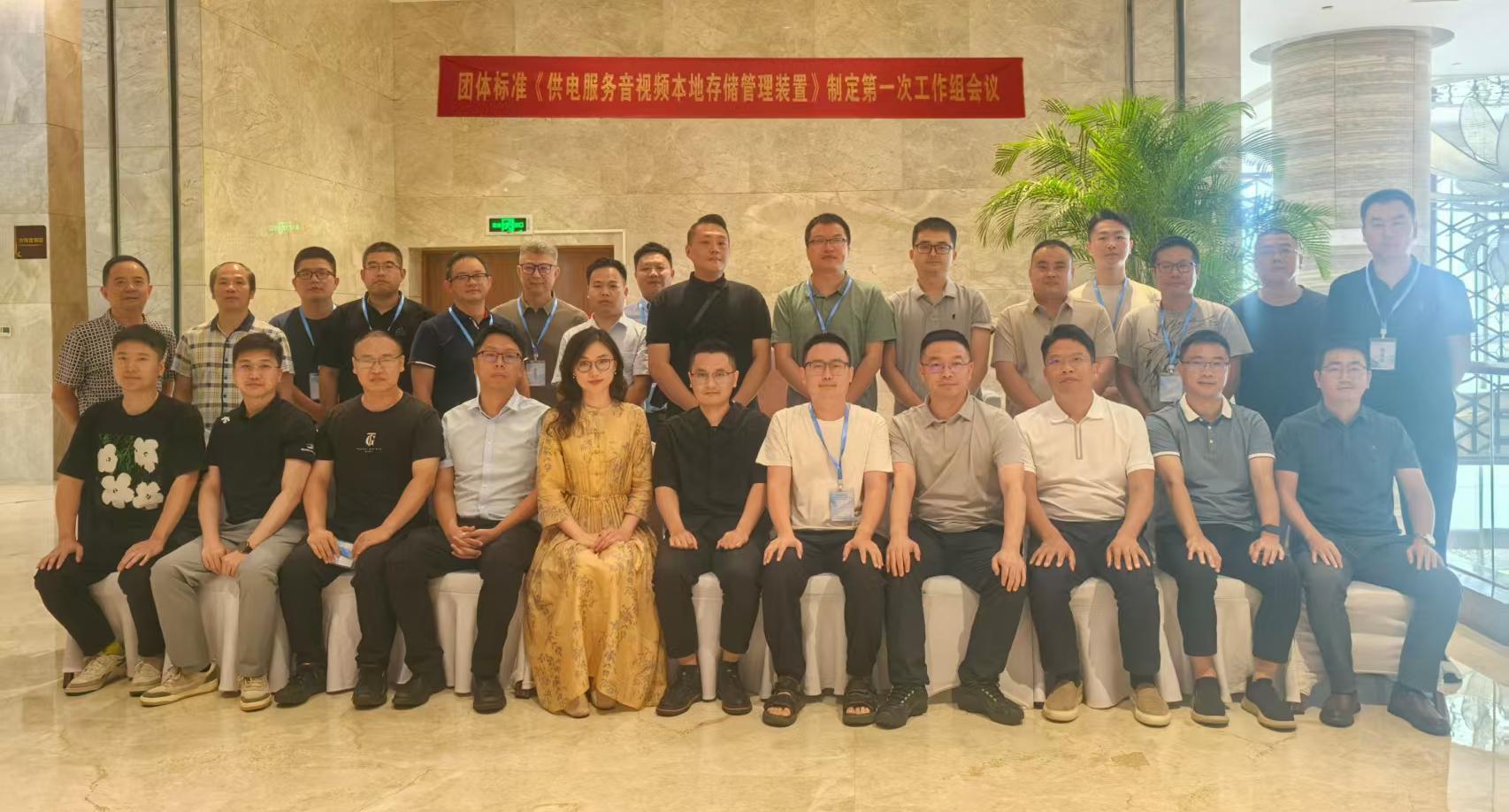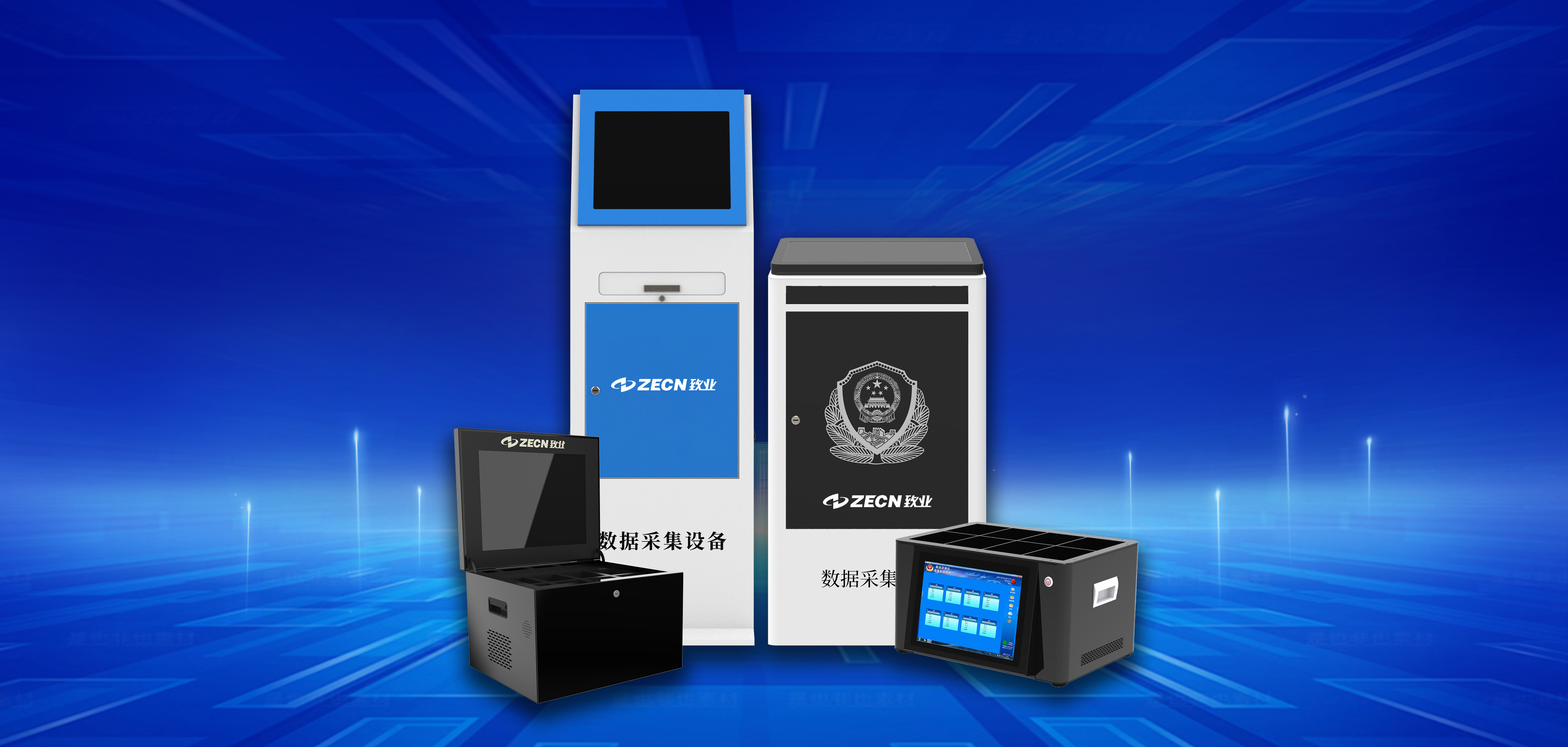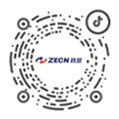Q1 2025 Business Climate Survey: Steady Improvement in China's Security Industry Economic Climate Index
Release Time:
2025-05-11
Judging from the development of China's security industry in the first quarter, the overall development is similar to the national economic situation, and the industry also achieved a stable start in the first quarter. According to industry prosperity survey data: In the first quarter, the main prosperity indexes of the security industry, such as production scale, domestic market, corporate profits, fixed-asset investment, technological innovation, and comprehensive business conditions, have slightly increased month-on-month, but slightly decreased year-on-year. Entrepreneurs have increased confidence in future development.
Introduction: In 2024, faced with increasing external pressure and growing internal difficulties, China's economy maintained overall stability and steady progress. The gross domestic product (GDP) growth rate reached 5%, and the total economic output exceeded 130 trillion yuan for the first time, successfully achieving the economic and social development target of 5% economic growth. Entering 2025, with the gradual implementation of a more proactive fiscal policy and a moderately loose monetary policy, the synergistic effects of existing and incremental policies continue to strengthen. Data from the National Bureau of Statistics on macroeconomic indicators for January and February show that industrial production, infrastructure investment, and retail sales were particularly strong, indicating the positive effects of policy-driven measures. The economy continues to recover and improve, and a good start is expected in the first quarter.
From the perspective of China's security industry's development in the first quarter, the overall development is similar to the national economic situation, and the industry also achieved a stable growth start in the first quarter. According to industry prosperity survey data: In the first quarter, the main prosperity indices of the security industry, including production scale, domestic market, corporate profits, fixed-asset investment, technological innovation, and overall business conditions, showed a slight increase month-on-month, but a slight decrease year-on-year. Entrepreneurs' confidence in future development has increased.
Reading Tips: Division of Prosperity
Very Prosperous Range: Above 180 / Strong Prosperous Range: 180-150 / Moderately Prosperous Range: 150-120 / Relatively Prosperous Range: 120-110 / Slightly Prosperous Range: 110-100 / Slightly Depressed Range: 100-90 / Relatively Depressed Range: 90-80 / Moderately Depressed Range: 80-50 / Severely Depressed Range: 50-20 / Seriously Depressed Range: Below 20
I. Industry Prosperity Recovers and Improves
(1) Industry Prosperity Index in the "Moderately Prosperous Range"
In the first quarter of 2025, China's security industry prosperity index was 148, up 1 point from the previous quarter and down 1 point from the same period last year, placing it in the "Moderately Prosperous Range" (see Figure 1-2). Among the surveyed companies, 57% considered their business conditions to be "good," up 4 percentage points from the previous quarter and down 1 percentage point from the same period last year; 34% considered them "average or flat," down 7 percentage points from the previous quarter and up 1 percentage point from the same period last year; and 9% reported that their business was "poor," up 3 percentage points from the previous quarter and flat compared to the same period last year.
(2) Production Prosperity in the "Moderately Prosperous Range"
In the first quarter of 2025, the security industry's production (construction) prosperity index was 134, up 1 point from the previous quarter and down 4 percentage points from the same period last year, placing it in the "Moderately Prosperous Range" (see Figure 3). Among the surveyed companies, 50% reported that their production (construction) scale had expanded compared to the previous quarter, down 1 percentage point from the previous quarter; 34% reported that it was flat compared to the previous quarter, up 3 percentage points from the previous quarter; and 16% reported that their production (construction) scale had decreased, down 2 percentage points from the previous quarter.
In terms of labor demand, the prosperity index in the first quarter was 107, up 1 point from the previous quarter and down 15 points from the same period last year, placing it in the "Slightly Prosperous Range." Among them: 23% of companies reported an "increase" in labor demand, down 8 percentage points from the previous quarter; 59% reported "flat," down 12 percentage points from the previous quarter; and 18% reported a "decrease," down 7 percentage points from the previous quarter.
(3) Domestic Market Prosperity in the "Moderately Prosperous Range"
In the first quarter of 2025, the sales prosperity index for security products (projects) was 130, up 1 point from the previous quarter and down 7 points from the same period last year, placing it in the "Moderately Prosperous Range" (see Figures 4-5). Among them, 48% of the surveyed companies saw new sales growth, down 1 percentage point from the previous quarter; 34% reported "flat" sales, up 3 percentage points from the previous quarter; and 18% reported a "decline," down 2 percentage points from the previous quarter.
(4) Slight Adjustment in Foreign Trade Exports
Since the beginning of this year, the global economic recovery has been slow, trade restrictions have been continuously intensified, and the global trade growth faces increasing challenges. In January and February, China's total import and export volume decreased by 1.2% year-on-year. According to customs calculations, excluding incomparable factors, import and export growth was 1.7%. Looking ahead, the Central Economic Work Conference at the end of 2024 listed "expanding high-level opening up and stabilizing foreign trade and foreign investment" as key tasks. The national foreign trade work conference in February this year clearly stated that it will make every effort to stabilize foreign trade growth. It is expected that in 2025, China will accelerate the implementation of a new round of measures to stabilize foreign trade growth and the systematic deployment to promote the high-quality development of digital trade and service trade. Foreign trade development still has considerable potential and market space.
From the perspective of the security industry, the foreign trade export prosperity index in the first quarter of 2025 was 119, down 3 points from the previous quarter and up 9 points from the same period last year, placing it in the "Relatively Prosperous Range" (see Figure 6). Among them, 33% of the surveyed companies saw new growth in foreign orders, down 6 percentage points from the previous quarter; 53% reported "flat" sales, up 10 percentage points from the previous quarter; and 14% reported a "decline," down 3 percentage points from the previous quarter.
The current wave of domestic companies going global is a positive trend, and "going out" will still become a new growth strategy for many companies. Relying on their own technological strength and cost-effectiveness advantages, Chinese companies are expected to occupy a larger share in markets such as Southeast Asia, the Middle East, Latin America, and Africa. To further support Chinese security manufacturers in going global, the China Security Association will organize overseas business research and project matching activities this year to help companies understand the development status of the overseas security industry, grasp product and technology needs, and create opportunities for companies to expand international markets.
(5) Corporate Profit Prosperity Recovers and Remains in the "Moderately Prosperous Range"
Production (Project) Costs Increase
In the first quarter of 2025, compared to the previous quarter, 12% of surveyed security production (project) companies reported an "increase" in production (project) costs, 77% reported "flat," and 11% reported a "decrease." In the previous quarter, the proportions of "increase," "flat," and "decrease" were 21%, 67%, and 12%, respectively.
Sales Prices Fluctuate
In the first quarter, among the surveyed industry companies, 71% reported that product sales prices were "flat," 14% reported an "increase," and 15% reported a "decrease." In the previous quarter, the proportions of "flat," "increase," and "decrease" were 60%, 6%, and 34%, respectively.
Corporate Profit Prosperity in the "Moderately Prosperous Range"
In the first quarter, the security company profit prosperity index was 129, up 4 percentage points from the previous quarter and down 1 point from the same period last year, placing it in the "Moderately Prosperous Range" (see Figure 7). Among the surveyed companies, 45% reported "increased profits (or reduced losses)," up 2 percentage points from the previous quarter and the same period last year; 39% reported "flat," flat compared to the previous quarter and down 3 percentage points from the same period last year; and 16% reported "reduced profits (or increased losses)," down 2 percentage points from the previous quarter and up 1 percentage point from the same period last year.
(6) Relatively Stable Corporate Investment Prosperity
Fixed asset investment rises to a "relatively prosperous range"
In the first quarter of 2025, the security industry's fixed asset investment prosperity index was 111, up 2 points from the previous quarter, and in the "relatively prosperous range". Among the surveyed companies, 29% continued to expand fixed asset investment, up 4 percentage points from the previous quarter; 53% maintained the same level of investment, down 6 percentage points from the previous quarter; and 18% reduced investment, up 2 percentage points from the previous quarter and up 3 percentage points from the same period last year.
Corporate investment in technological innovation is in the "relatively prosperous range"
In the first quarter of 2025, the corporate technology investment prosperity index was 139, flat compared with the previous quarter and down 4 percentage points compared with the same period last year (see Figure 9). Among them, 48% of enterprises continued to increase investment in scientific research funds, 43% maintained the same level of scientific research investment as the previous quarter, and 9% reduced investment.
(7) Relatively stable corporate financial status and financing situation
In terms of working capital. 39% of companies reported sufficient funds, up 4 percentage points from the previous quarter; 52% reported that they could maintain normal turnover, up 5 percentage points from the previous quarter; and 9% reported that they were short of funds, down 9 percentage points from the previous quarter.
In terms of corporate financing. 29% of companies reported that financing was "easy", up 7 percentage points from the previous quarter; 58% reported that it was "average", down 5 percentage points from the previous quarter; and 13% reported that it was "difficult", down 2 percentage points from the previous quarter.
In terms of overdue payments. 18% of companies reported that funds were "increasingly overdue", down 6 percentage points from the previous quarter; 64% reported that they were "flat", up 5 percentage points from the previous quarter; and 18% reported that they were "decreasing", up 1 percentage point from the previous quarter.
II. Increased confidence of entrepreneurs in future development
In the first quarter, the security industry entrepreneur confidence index was 137, flat compared with the previous quarter, and in the "relatively prosperous range" (see Figure 1). Among the surveyed companies, 48% of entrepreneurs were "optimistic" about the development of the industry, 34% considered it "average", and 11% considered it "not optimistic".
III. Analysis and forecast of the security market outlook in the first half of 2025
(1) National macroeconomic situation
2025 is the concluding year of the 14th Five-Year Plan and the year for planning and laying out the 15th Five-Year Plan. The Government Work Report of the Two Sessions sets the target for GDP growth at around 5%, clarifies the policy orientation, and proposes that economic development should adhere to the principle of seeking progress while maintaining stability, promoting stability through progress, upholding the right principles while seeking innovation, prioritizing establishment before breaking down existing structures, integrating systems, coordinating efforts, enriching and improving the policy toolbox, implementing a more proactive fiscal policy, with the deficit rate planned at around 4%, a deficit of 5.66 trillion yuan, an increase of 1.6 trillion yuan over the previous year; implementing a moderately loose monetary policy, lowering reserve requirements and interest rates in a timely manner, maintaining ample liquidity; strengthening the people's livelihood orientation of macroeconomic policies, enhancing policy synergy, and delivering a policy "combination punch".
In the part of the key task list, it proposes to vigorously boost consumption, develop new high-quality productivity in a targeted manner, implement the strategy of rejuvenating the country through science and education, etc., releasing positive policy signals. Among them, "vigorously boosting consumption, improving investment efficiency, and comprehensively expanding domestic demand" is listed as the top priority for this year's government work, including implementing special actions to boost consumption and actively expanding effective investment. The Government Work Report specifically mentions arranging over 300 trillion yuan in ultra-long-term special government bonds to support the replacement of old consumer goods with new ones, and planning 735 billion yuan in central budget investment, etc. These policies continue to play a role and will inevitably provide strong support for economic growth.
At the same time, the Government Work Report clearly states that it is necessary to "develop new high-quality productivity in a targeted manner and accelerate the construction of a modernized industrial system", to "cultivate and expand emerging industries and future industries", promote the safe and healthy development of emerging industries such as commercial aerospace and low-altitude economy, cultivate future industries such as biomanufacturing, quantum technology, embodied intelligence, and 6G, promote the development and growth of specialized and new small and medium-sized enterprises, and support the development of unicorn and gazelle enterprises. In terms of "stimulating the innovative vitality of the digital economy", it is required to continue to promote the "AI+" action, support the widespread application of large models, vigorously develop new-generation intelligent terminals such as intelligent connected new energy vehicles and intelligent robots, as well as intelligent manufacturing equipment. The proposal of these contents reflects the great importance attached by the national level to new high-quality productivity. To promote the implementation of these task requirements, in terms of policy deployment for technological innovation, it is reported that the state is promoting the establishment of a "carrier-level" national venture capital guidance fund with a scale of one trillion yuan, launching a technology board in the bond market, and expanding the scale of technological innovation and technological transformation re-loans to up to one trillion yuan, delivering a "combination punch" for technological innovation. This undoubtedly injects new impetus into the development of related industries such as intelligent security.
(2) Forecast of the security market outlook in the first half of 2025
In 2024, with the efforts of the entire industry, the total output value of the security industry exceeded 960 billion yuan, an increase of more than 5% year-on-year. 2025 is a very important year for the development of China's security industry, as it is the concluding year for China to achieve the goals and tasks of the 14th Five-Year Plan with high quality. Although the industry currently still faces difficulties and problems such as insufficient overall investment, fierce competition, and reduced profits, most of the surveyed companies remain optimistic about the development of the industry this year, believing that in 2025, as the existing national policies continue to play their role and a package of incremental policies take effect, the security industry will have policy drivers (smart cities, new infrastructure, trusted domestic products, equipment upgrades) and technological breakthroughs (AI large models, Internet of Things, edge computing, etc.) forming a dual engine, which will drive the growth of new fields, new applications, and new demands, as well as a new round of upgrades and replacements of equipment systems, and the industry as a whole will maintain growth. It is expected that the development speed of the security industry in the first half of the year will reach 5%, with the video surveillance market growing by about 5%, anti-theft alarms and physical protection growing by about 4%, access control growing by about 5%, community resident security growing by more than 6%, and the growth rate of the overseas market is expected to be 5%.
From the perspective of market project demand, surveyed companies reported that since the first quarter, on the government side (To G), driven by "new infrastructure", government bonds, and smart city policies, public safety and urban management projects have seen a rebound in bidding, and opportunities have increased in emergency management, water conservancy, disaster prevention and mitigation, and smart transportation projects. Special bond funds are accelerating the implementation of projects on the demand side, but the fiscal pressure on local governments will lead to regional differentiation. On the enterprise side (To B), the digital and intelligent transformation of various industries is deepening continuously. In addition to traditional factories, parks, and office buildings, the demand for intelligent security, energy consumption management, industrial robot protection, and hazardous operation monitoring in sub-sectors such as nursing homes, education, medical care, new energy plants, intelligent manufacturing, and logistics parks is also emerging continuously, providing new market space for enterprises. However, the security needs of different industries vary greatly, and enterprises need to provide customized solutions, which puts high demands on the enterprises' technological research and development capabilities, industry understanding, and project implementation capabilities. At present, leading enterprises in the industry have advantages in terms of brand, technology, and channels, while small and medium-sized enterprises need to find their positioning in sub-sectors and improve their competitiveness through technological innovation and service differentiation. On the consumer side (To C), the popularity of civilian products in second- and third-tier cities has further increased, and the sales of smart home devices such as smart door locks and low-power cameras have increased. The current popularity of online shopping habits has prompted security companies to strengthen online channel construction, allowing consumers to purchase and install security products more conveniently. In addition, consumers' demand for the intelligence, privacy security, convenience, and personalized service of security products is constantly increasing, and security products with intelligent alarm and remote control functions are more popular. Although the To C market is more active, market competition is fierce, and price wars are the norm.
From the perspective of the future development of AI + security, surveyed companies believe that the intelligent transformation of the security industry is irreversible, and AI and large model technology are the core engines of this transformation. Through in-depth application and technological innovation, "AI + security" will usher in more breakthroughs. For example, full-scenario behavior understanding and early warning; the rise of multimodal large models will integrate information from different modalities (video, audio, sensors, infrared, etc.) to achieve more accurate anomaly warnings, while its powerful learning and generalization capabilities will adapt to changing environments; for example, edge intelligence autonomous response, edge AI uses machine learning, deep learning, and multimodal AI large model applications to enable terminal devices such as cameras and access control to have local real-time decision-making capabilities, reducing cloud dependence.
At the same time, many surveyed companies have focused on DeepSeek. It is believed that the rise of DeepSeek has created more opportunities for AI applications, and DeepSeek and related AI models will create new explosive points and selling points in the security field. For example, AI integrated machines have become a hot topic. Since the beginning of the year, the explosive popularity of the open-source large model DeepSeek has directly triggered an intensive release of large model integrated machine products. According to IDC statistics, nearly 100 manufacturers have quickly launched AI integrated machine products on the market, and some security companies have also launched their own AI integrated machines to match scene needs. Surveyed companies have reported that since the first quarter, user demand for AI integrated machines has shown a significant growth trend, especially for companies with high requirements for data security and privacy protection, such as those in the financial, government, and energy sectors, the demand for locally deployed integrated machines is particularly strong. For many industry users, integrated machine deployment does not require a lot of upfront preparation work, which can lower the threshold for AI applications, but the implementation of large model integrated machines still faces challenges such as deep scene integration.
(Content from website, delete if infringement)
Download
No attachments available for download at the moment
BLOGS
In the forefront of smart policing, imaging capabilities have become a key combat strength. ZECN Zhiye is well aware of this and has launched its flagship DSJ-ZEC1NA1 5G law enforcement recorder, featuring a groundbreaking high-definition quad-camera system as its core. This provides frontline officers with a pair of "intelligent sharp eyes", enabling all-dimensional perception, precise recording, and efficient decision-making in complex and changing law enforcement scenarios.
On July 29, 2025, ZECN Zhiye was invited to attend the first working group meeting of the group standard "Local Storage and Management Device for Power Supply Service Audio and Video" held in Fuzhou by the China Instrument and Meter Industry Association. Following its participation and hosting of the power industry group standard formulation meeting in April, ZECN Zhiye once again dedicated itself to industry standard formulation, continuously contributing to the standardized development of the industry. ZECN Zhiye's product manager and industry manager attended the meeting, actively speaking and sharing ZECN Zhiye's technological accumulation and practical experience in the field of local storage and management of power supply service audio and video, contributing professional insights to the standard formulation and fully demonstrating the company's technological strength and industry responsibility in this field.
The dog days of summer have arrived, with scorching heat waves, torrential rain, and drenching sweat—this is not only a severe test of the physical endurance of frontline law enforcement officers, but also an ultimate challenge to the reliability of their equipment. As your all-weather "silent comrade," the ZECN Zhiye law enforcement recorder, with its military-grade triple-proof quality, excellent wide-temperature adaptability, and intelligent protective design, easily handles extreme environments. This carefully prepared summer usage guide will help you overcome the challenges of scorching heat, torrential rain, and sweat corrosion, ensuring that your equipment performs flawlessly at critical moments, recording remains clear and complete, and providing solid technical support for just law enforcement.
ZECN Zhiye Data Acquisition Station: A Revolutionary Force in Law Enforcement Data
In the digital age of law enforcement, efficient data collection and management are key to improving efficiency. The ZECN Zhiye Data Collection Station, as a core component of the law enforcement process, brings greater convenience to law enforcement work with its superior functionality and innovative technology.
Body camera battery issues and solutions
The battery of a body-worn camera is the core component that ensures the continuous operation of the device, and its performance directly affects the integrity of law enforcement recordings. In actual use, problems such as insufficient battery life, aging, and abnormal charging and discharging often occur, and targeted countermeasures need to be taken.
ZECN Zhiye: The faint light of technological innovation illuminates a new technological journey
In today's rapidly developing technological landscape, innovation has become the core driving force for businesses to establish themselves in the market and lead the industry. ZECN has been deeply engaged in the field of intelligent vision for 17 years, consistently upholding the concept of innovation and continuously exploring the boundaries of technology. Recently, it has made a major breakthrough in the patent field, successfully obtaining two invention patents, once again demonstrating its strong technological breakthrough capabilities. Behind all these achievements is the innovative culture deeply rooted in the company's very being, continuously empowering its growth.











